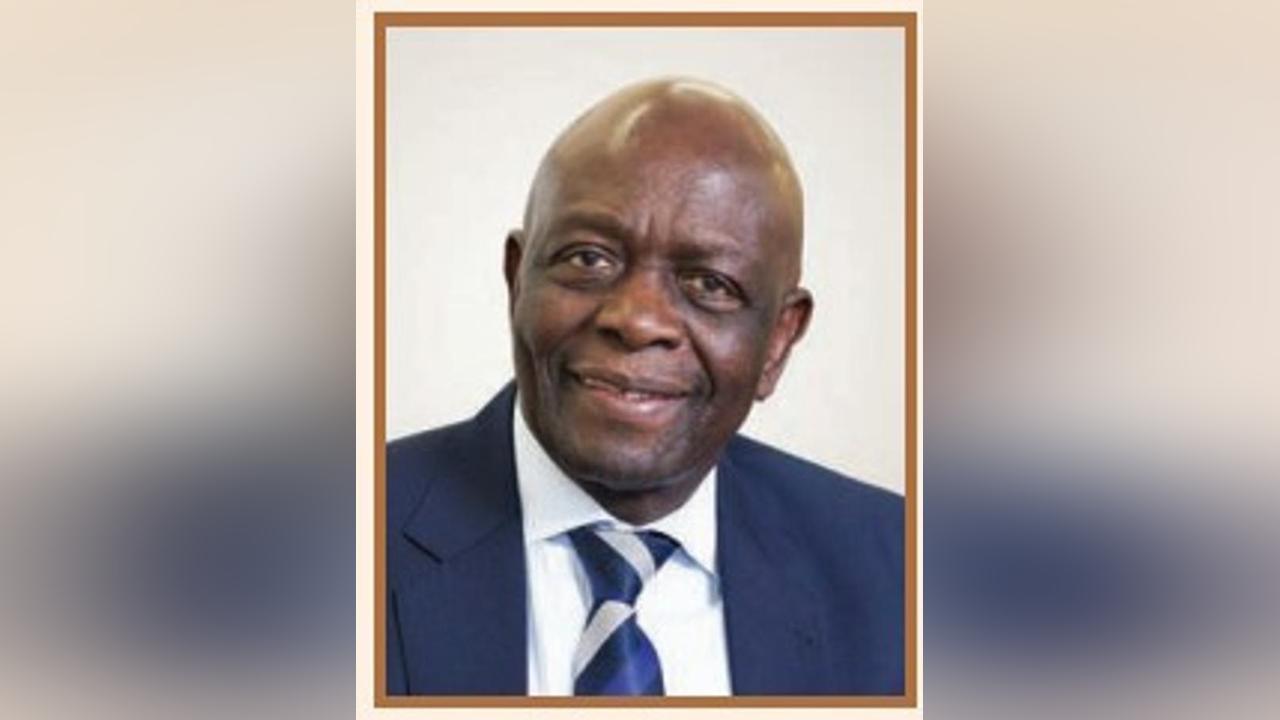Africa-Press – Zimbabwe. CABLE maker, Cafca Limited, posted a profit after tax of US$1,86 million for the year ended September 30, 2025, a near 68% drop from the same period last year, after the government removed licences or permits on products, including cables.
In the same period last year, Cafca posted a profit after tax of US$5,81 million.
Statutory Instrument (SI) 157 of 2024 added several products to the Open General Import Licence (OGIL) schedule, including cables.
OGIL is a blanket authorisation that allows for the import of most goods without the need for specific import licences or permits.
Evidence that the profit decline was driven by external factors is seen in the firm’s nearly 56% increase in revenue to US$39,48 million during the review period, compared with 2024.
“The year began with a notable shift in government policy following the introduction of Statutory Instrument 157 of 2024. This relaxed restrictions on cable imports, leading to a flood of cheaper, substandard alternatives into the market,” Cafca chairperson Honour Mkushi said in a statement accompanying the firm’s annual results for the period ended September 30, 2025.
“This created a period of anxiety and uncertainty as customers initially experimented with these alternatives, which were mostly of inferior quality compared to Cafca’s cables. The introduction of SI 157 of 2024, combined with a period of tight liquidity, significantly slowed our volume performance in the first half of the year.”
He said that while volumes recovered in the second half, they were 8% short of the prior year.
“Although reported revenue grew 56%, this was primarily due to exchange rate and inflation distortions. In real terms, our revenue tracked volume performance with a 3% drop. Earnings before tax, interest and amortisation declined by 50% from the prior year,” Mkushi said.
He said this was largely a result of strategic business model adjustments to better recognise the firm’s value chain partners and protect market share.
“As a result of the decline in volumes and impact on margins emanating from adjustment to SI 157, the profit after tax declined to (nearly) US$1,9 million from US$5,8 million. The company has continued to maintain a strong and healthy balance sheet,” Mkushi said.
Cafca had US$4,48 in current assets for every US$1 of current liabilities, reflecting robust liquidity and an ability to comfortably meet short-term obligations, further highlighting financial stability despite market challenges.
Total assets were US$36,73 million during the period under review, from US$38,45 million in the prior year.
“Aligning our business model to the operating environment was imperative. In real terms, revenue was 3% behind the prior year, reflecting the 8% volume decline. Operating margins were 50% behind the prior year as we absorbed some raw material costs to defend market share,” Cafca chief executive officer Vimbayi Nyakudya said.
“To ameliorate the impact of declining margins, we implemented several interventions, including a reduction in headcount and an investment in cutting-edge technologies, as well as upgrades of key equipment. Our working capital position is improving with a focus on optimising the quality of inventories and debtors.”
He said the strategic initiatives adopted this year had positioned Cafca to capitalise on future growth opportunities through manufacturing excellence.
“Our current focus is on embedding a business model resilient enough to withstand future volume fluctuations and external shocks,” Nyakudya said.
For More News And Analysis About Zimbabwe Follow Africa-Press






